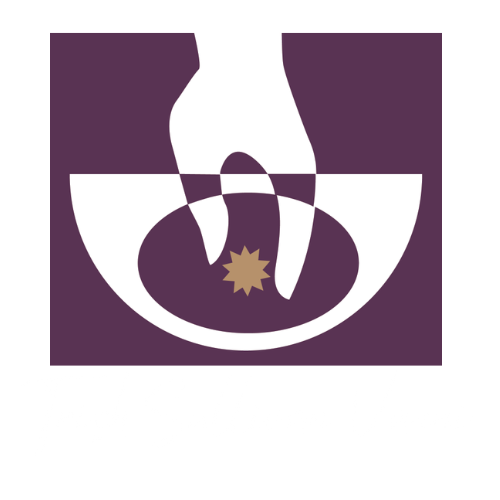To Bee or Not to Bee
As we enter Summer, Minnesotans might spot our state bird (the loon), state fish (the walleye) or state flower (the pink lady slipper) Now, we can take notice of the newest addition in the State pantheon: the rusty patched bumble bee (Bombus affinis), just appointed State bee by Governor Walz.
Two years ago, the National Fish and Wildlife Service added the rusty patched to the list of endangered species. While it was once found widely across the upper Midwest, the population began plummeting in the early 2000s to the current low. According to U.S. Fish and Wildlife Service biologist Tamara Smith, the rusty patched can now be found in only 10 states, with the predominant population in Minnesota. Experts speculate that a convergence of habitat loss, disease and pesticides caused the species threatening drop in numbers.
The relationship between humankind and the lowly bee has been spiritually significant across the ages. Many books of the Jewish scriptures speak of the bee, and it’s traditional to dip Challah in honey on the eve of Rosh Hashanah, symbolizing a healthy, happy year. In Islam, there is an entire chapter in the Quran entitled The Bee. The Hindu scriptures offer this observation: ““Like a honey bee gathering honey from all type of flowers the wise man searches everywhere for truth and sees only good in all religions.” The hexagram, the shape of each opening in the comb of a hive, is sacred in Tibetan Buddhism.
For Christians the bee has had multiple symbolic meanings. It has signified both Jesus and his mother, Mary, in art and literature. The busy hive has represented the Church as a whole, suggesting community, diligence and industriousness. “The bee is more honored than other animals,” noted St. John Chrysostom, “not because she labors, but because she labors for others.” If you look closely at the baldachin (the structure over the altar) in St. Peter’s Basilica in the Vatican, you will see that its columns are adorned with bee-covered vines.
Since its beginning, Christians have included the four elements (earth, air, fire, and water) in worship. The beeswax candle and flame, bread and wine, water and wood, stone and textiles – not to mention the human beings – reflect our belief that all of creation is sacred, animated and loved by God. And just as God cherishes the creation, we too, are called to love and protect – to steward – all that has been given to us on earth. Our voices should echo that of the Creator on the seventh day, proclaiming a resoundng “it is good!” as we take in the beauty and vulnerability of the natural world that surrounds us.
So the rusty bumble bee? Ready to be cherished, Minnesota! Along with the monarda and dandelions, crabapples and creeping charley that provide its habitat, she deserves our honor, as St. John said. And, there are incentives: The state legislature has just approved $900,000 in grants for homeowners that will be dispersed over two years in support of adding pollinator habitat to our yards.
Next month, you can support the goal of improving bee populations by participating in the wild pollinator count. Or follow the amazing work of the Bee Lab at the U of M www.beelab.umn.edu.
We’re people on the Prairie, and our buzzing neighbor is the bee, as Emily Dickinson observed. “To make a prairie it takes a clover and one bee, One clover, and a bee. And revery.”
